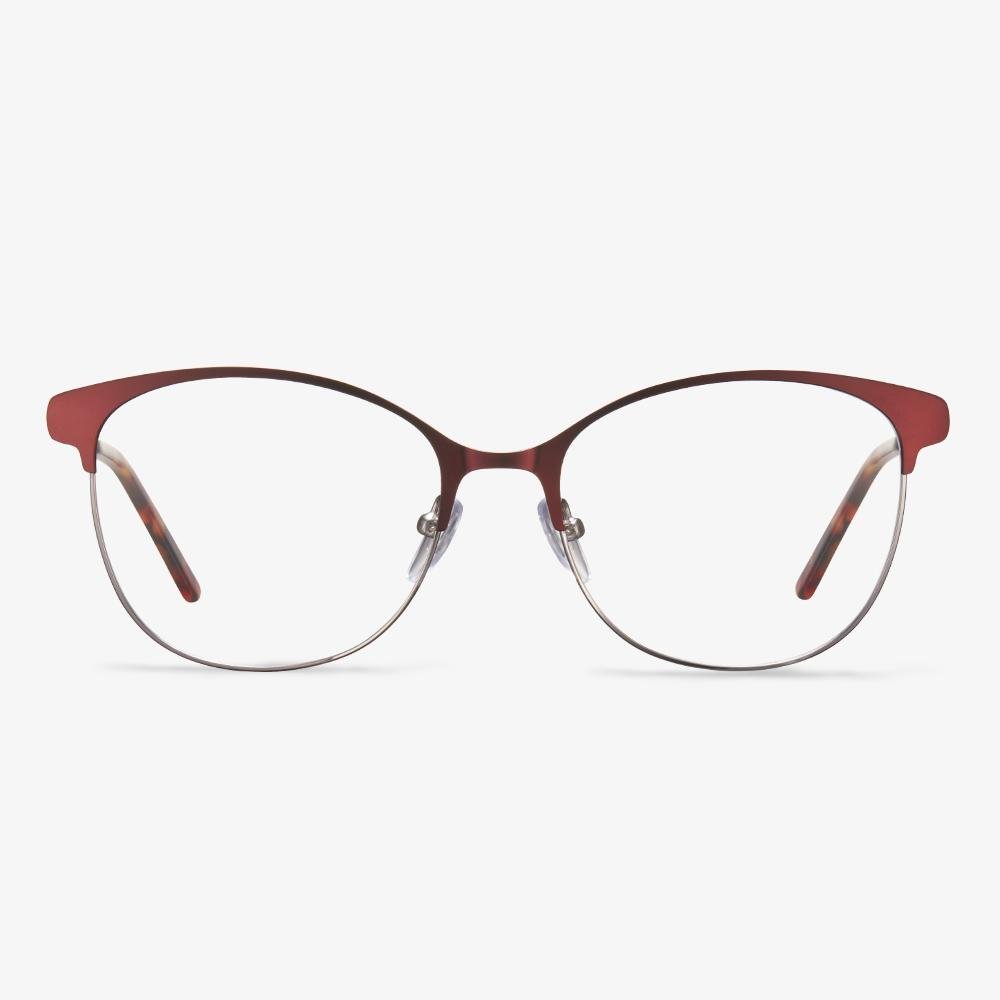The Benefits of Glasses Without Prescription
From the above part, you have found some basic information about glasses without prescription. In this section, we will list some benefits of plain glasses.
The non-prescription glasses are inexpensive, and they are widely available in a selection of styles and shapes. In addition, non-prescription glasses can be easily replaced as fashion changes.
Meanwhile, everything has two different sides. So, there are also some negative voices of glasses without prescription.
The price of prescription glasses
You need a current (unexpired) prescription to order glasses online. You will enter your prescription and select the available lens options during checkout. Prescription glasses start at about $40. Single vision lenses are free when you buy the frames, and progressive wireless lenses typically cost an extra $80 or so. Other lens options include clear lenses with no extra charge, basic tone lenses (for sun protection) with the price of $40,polarized-tone lenses (for protection and glare reduction)with the price of $50, and transition lenses (for indoor and outdoor use) with the price from $65.
The weight difference between pure titanium frames and titanium frames
Titanium frames are slightly heavier than pure titanium frames, but they are both high-quality materials, so they are more comfortable on the outside. The specific gravity of pure titanium is generally 4.5, while titanium alloy is 8.9, which means the material is equivalent to half of the titanium alloy. So the frames are lighter in your hand.
How To Choose Better Night Driving Glasses?
Driving at night has a high accident rate because of poor visibility, blinding headlights, and fatigue. Now the market exists a few main glasses: sunglasses polarizing lenses, Glasses that use or mimic the first generation of patented technology. So how do you compare the options between driving and wearing glasses?
Night driving lens is relatively special compared with daily driving lens, not only to prevent strong light and see the road more clearly. According to the national motor vehicle driver special glasses standards, QBT 2659-2004 daily light transmittance should be more than 8%, night light transmittance should be more than 75%. Be sure to consult customer service. Ask about the situation. Note that a pair of polarized sunglasses are not suitable for use at night, and the light transmittance must reach the national safety standards.
Shape memory alloy
It is made up of nickel, titanium, vanadium, and other metals, and has good elasticity. When faced with external force, the temple can bend more than BETA titanium alloy and can be restored to the original state, so it is named shape memory alloy.
Half titanium frame: Usually, it refers to the titanium combination frame, such as metal frame with pure titanium or β titanium conveniently. It can be reversed, and the former is more common.
The function of eyeglasses cloth
Under a powerful microscope, the fibers of the cloth are more closely arranged than those of ordinary cloth, and the material itself is softer than ordinary cloth. That's because eyeglasses under the eye are almost always coated, with each standard lens having seven layers of different functions on the front and back surfaces, to extend lens life. It can thoroughly remove the stubborn stains left on the lens to make the picture clear. It can clean all kinds of glass, resin, and other materials of glasses, glass mirrors, and other mirror surfaces, remove stains, and grease absorption.
What kind of lens is a progressive lens?
Progressive lenses are optical lenses designed for simultaneous correction of far, medium (for computer use), and near (for reading). They are Progressive Additional Lenses (PAL). The so-called progressive, The so-called progressive, is the use of polishing technology to achieve a gradual transition between the two focal lengths. The advantage of this design is that the wearer can see far and near objects alternately without taking off the glasses.


















































